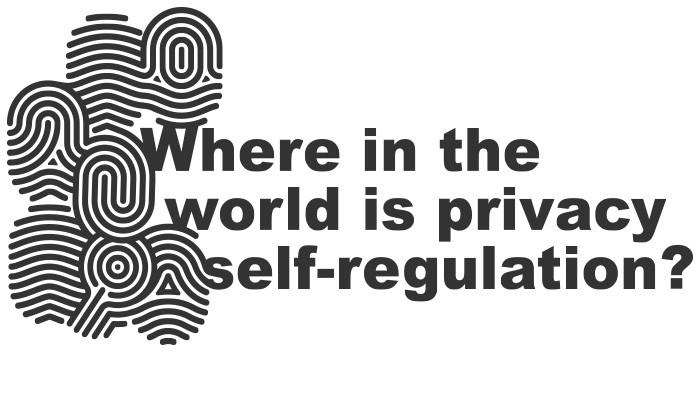
DO NOT DISTURB : a world view of advertising privacy regulation
The privacy world is a complex place and with the escalation of data use and regulations that are region-specific it makes the job of marketers even more difficult. Online marketing requires an understanding of data collection and use and what regulations may apply to that data. Each country has a different set of regulations to follow for what is and is not permitted related to the collection and use of digital data. In some countries privacy is governed by consensus and self-regulations, in others by government legislation. Global consistency in the approach to privacy is elusive.
Despite this global nature of marketing, distinctions in privacy regulations present different challenges in individual countries. The accompanying map http://groupm.com/globalprivacymap.pdf aims to give an overview by highlighting countries where there are higher levels of self-regulation, low levels of self-regulation and even no presence of self-regulation. Each level of self-regulation carries with it distinctive characteristics.
Areas with high levels of self-regulation (indicated with green) characteristically have a framework of data privacy guidance that has been developed by a consensus of market participants and industry trade associations. Often these areas will allow trade associations to refer enforcement of these self-regulatory principles to a governmental body if there is a violation of those principles. These self-regulatory principles tend to focus on areas of transparency and notice, and consumer choice to share their data with marketers. We are an active participant in self-regulatory efforts that do everything possible to protect the consumer from harm and that still allow the responsible use of data to increase the efficiency and effectiveness of marketing.
Regions that retain low levels of self-regulation (indicated with blue) maintain a presence of industry trade associations, however they have not yet presented or adopted a self-regulatory set of guidance or framework. Often the first step to create a self-regulatory framework begins with the presence and establishment of industry trade groups. These trade associations are the same global associations present in areas of high levels of self-regulation. They are to be encouraged.
Lastly are the regions where there is no presence of self-regulation (indicated with orange). These areas do not maintain a presence of trade associations, nor is there a scheme of self-regulatory principles for marketers to abide by with relation to online data collection and use.
It is important to note, that despite the type of self-regulatory framework a specific country may have, there may also be a government regulation or law present in that country layered atop of self-regulation. These laws typically focus on restrictions and limitations for data collection, use and transfer, and apply to personal and sensitive data, consent requirements, and storage of that data. For example, some countries have enacted laws requiring certain levels of consent before cookies are deployed on a user’s device. These areas are indicated on the map (indicated with cross hatching and dots) and provide an illustration of governmental regulation layered with self-regulation.
The advised approach is for marketers to be guided by what will build trust with consumers, and what is best for consumers. The more marketers are transparent with their data practices, the more at ease users are likely to feel. And the more comfortable users feel about the way marketers use and secure their data, the more likely they are to continue sharing their information.
After all, it is their data.
@robnorman
with Rachel Glasser, Director of Digital Privacy, GroupM North America
Student at olabisi university
9yIt is rare to find a C-level executive that doesn’t recognize that innovation is critical to the continued success of their organization. According to a recent Accenture study, “Why Low Risk Innovation is Costly” 93% of CEOs feel that the long term success of their organization’s business strategy depends on their ability to innovate. Of that 93%, fewer than one in five believe that their strategic investments in innovation are paying off, and even worse, this poor track record is starting to discourage their employees from taking risks. This isn’t uncommon. Incentives and innovation are a vicious cycle – companies invest money in innovation only to find that their organization has become less innovative. If you find yourself trapped in this cycle, think carefully about how your compensation plan may be impacting creativity and risk-taking within your organization. Exploring your compensation model in four key areas may give you the spark of inspiration you need to build a truly innov